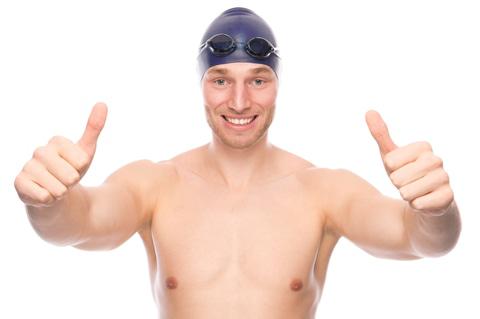Kids Water Safety
Summer in South Africa means hot weather and many seek the cool relief of a pool or the seaside. But water can also be dangerous for kids if you don’t take the necessary precautions. Drowning is the second biggest cause of accidental death among children in South Africa. But it can be prevented.
There are many ways to keep your kids safe in the water and make sure that they take the right precautions when they’re on their own.
Teach your kids to swim
Kids as young as three and sometimes even younger can learn to keep their heads above water, move towards the pool’s edge, float on their backs and shout for help. The earlier children learn to swim, the safer they will be by the swimming pool.
If you haven’t done so already, it is a good idea to learn how to swim, and kids older than 4 years should learn, too. Kids who are younger (but older than age 1) also might benefit from swimming lessons, but check with your doctor first.
If you are interested to teach your little one to swim, find a professional swimming instructor on ShowMe Pretoria. Visit our Pretoria Kids Swimming Instruction page.
Keeping Kids Safe Around Water
Kids need constant supervision around water — whether the water is in a bathtub, a splash pool, an ornamental fish pond, a swimming pool, a spa, or the beach.
Young children are especially vulnerable — they can drown in less than 6 centimeters of water. That means drowning can happen where you would least expect it — the sink, the toilet bowl, fountains, buckets, inflatable pools, or small bodies of standing water around your home, such as ditches filled with rainwater. Always watch children closely when they are in or near any water.
Don’t assume that a child who knows how to swim isn’t at risk for drowning. All kids need to be supervised in the water, no matter what their swimming skill levels. And infants, toddlers, and weak swimmers should have an adult swimmer within arm’s reach to provide “touch supervision.”
Invest in proper-fitting, Coast Guard-approved flotation devices (life vests) and use them whenever a child is near water. Check the weight and size recommendations on the label, then have your child try it on to make sure it fits snugly. For kids younger than 5 years old, choose a vest with a strap between the legs and head support — the collar will keep the child’s head up and face out of the water. Inflatable vests and arm devices such as water wings are not effective protection against drowning.
Don’t forget the sunscreen and reapply frequently, especially if the kids are getting wet. UV sunglasses, hats, and protective clothing can also help provide sun protection.
Kids should drink plenty of fluids, particularly water, to prevent dehydration. It’s easy to get dehydrated in the sun, especially when kids are active and sweating. Dizziness, feeling lightheaded, and nausea are just some of the signs of dehydration and overheating.
The temperature of the water is important, too. Enter the water slowly and make sure it feels comfortable for you and your child. A temperature below 20°C is cold to most swimmers. Recommended water temperatures vary depending on the activity, swimmer’s age, and whether or not they are pregnant. In general, 28°- 30°C is comfortable for recreational swimming for children (babies are more comfortable when the water is on the warmer side of this temperature range).
Body temperature drops more quickly in water than on land, and it does not take long for hypothermia to set in. If a child is shivering or experiencing muscle cramps, get him or her out of the water immediately.
Benefits of swimming
Besides the obvious safety considerations of teaching your child to swim, there are also numerous health benefits.
Swimming benefits the metabolism, the nervous, respiratory and cardiovascular systems, and the musculoskeletal system. Swimming exercise will prevent scoliosis, will form a good posture, and improve coordination. A child who is swimming becomes stronger and more resistant, eats and sleeps well. Swimming is beneficial for children with hyperactivity disorder.
People who regularly swim have good respiratory muscles and a healthy respiratory system. When breathing during the swim the respiratory muscles have an additional exercise due to the need to overcome the resistance of the water. Due to the increased activity of the respiratory muscles they are strengthened and developed, improving the mobility of the chest, and increasing its capacity.
If you need professional advice on the benefits of swimming, please consult your physician.
Related article: Taking the plunge.













